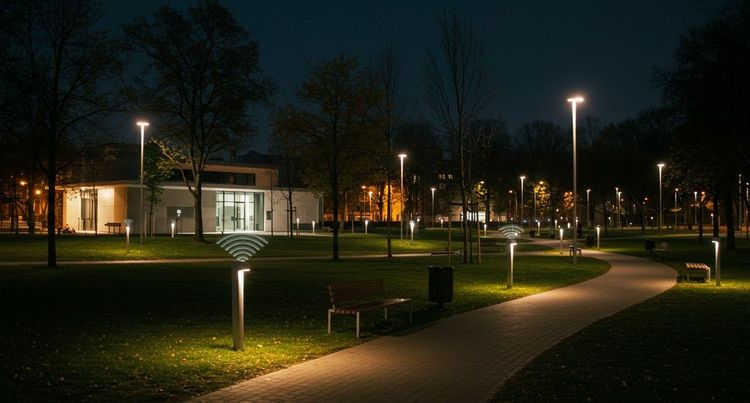Smart Management of Street Lights for Energy Conservation
Modern outdoor lighting management systems are more than just a means to turn lights on and off. They are comprehensive solutions that create comfortable and safe conditions in urban areas, on roads, and at industrial facilities, strictly adhering to national and industry standards.
The implementation of intelligent street lighting management systems, based on sensor networks and advanced monitoring, brings significant benefits. While model simulators show approximately 35% energy savings with adaptive behavior [1], real-world projects implemented with Qulon solutions worldwide demonstrate impressive results: from 50% energy savings with group control to 85% in adaptive systems that adjust to environmental conditions.

